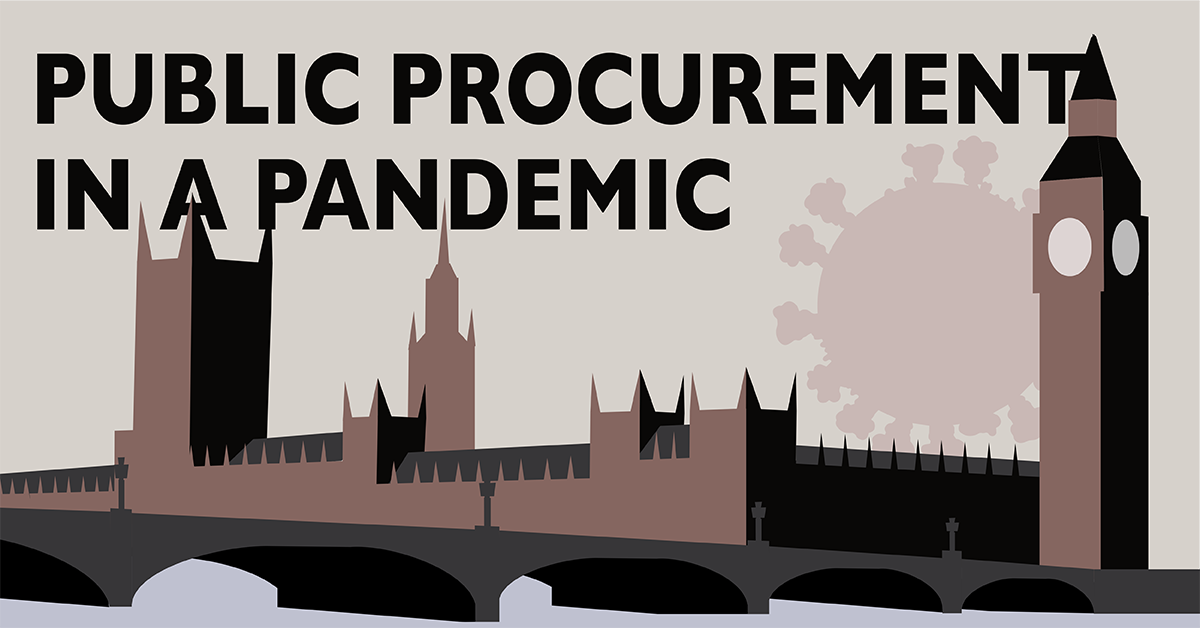For my sins, I have been looking at the NHS Procurement Atlas of Variation – Metadata, the opening two paragraphs of which read:
The NHS Procurement Atlas of Variation has been developed to deliver greater transparency by comparing the prices paid by different trusts for the same types of products.
This will allow trusts and their suppliers to understand where better value is available and then act on this information to reduce costs (my emphasis).
Discontent with the Atlas has been well documented and I don’t need to rehearse those arguments here. What surprised me was that, even now, after all of the improvements in public procurement in recent years, the DoH could issue a procurement policy document that treated price, value and cost as synonyms and expect to be taken seriously.
This is an antediluvian notion, that procurement is about securing the best (usually lowest) price and nothing else. It is not.


